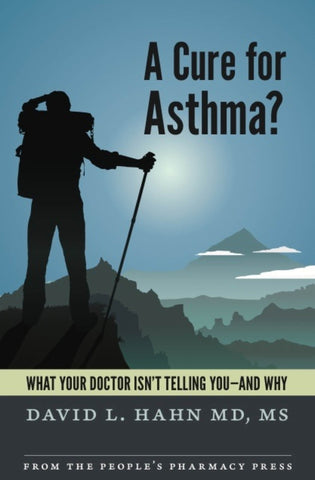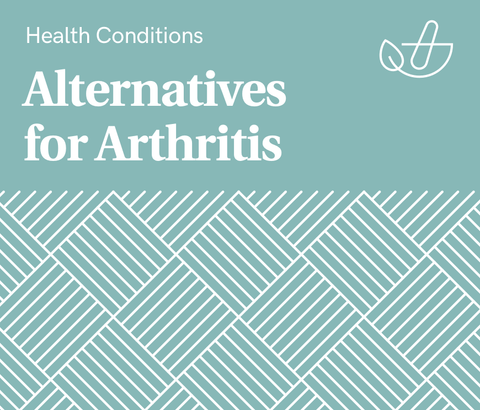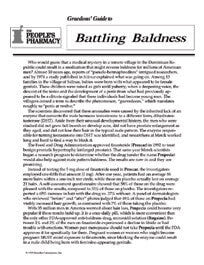Link to your individual collections by creating a new linklist in the Navigation section of the admin.
You can then have it appear here by choosing your new linklist under Customize Theme / Sidebar.

Show 1158: Will Hormone Disruptors Affect Your Children's Health?
Over the last several decades, our environment has changed enormously. Comparing a playground in 1962 to the same playground in 2019 gives some sense of how thoroughly we have surrounded ourselves and our children with chemicals that may have profound impacts on the hormones in our bodies. As just one example, bisphenol A found in hard clear plastics and the linings of cans can mimic estrogen to some extent. It might also disrupt the way we maintain our weight in a normal range, possibly contributing to the obesity epidemic. What other hormone disruptors are we being exposed to?
DES as an Example of Hormone Disruptors:
Some of the changes that researchers have unearthed in response to these endocrine disruptors might actually have trans-generational effects. That seems to be the case for DES, diethylstilbestrol. This estrogen mimic was prescribed to pregnant women for decades to prevent miscarriage. Although it wasn’t effective for that purpose, it did have consequences for the children of the women who took it. Scientists are now studying the possibility that the grandchildren may also be affected.
Are BPA Substitutes Safer?
Public outcry has led companies to replace BPA in certain products. But are the replacements, such as BPS, any safer? That is not clear. How can we identify and avoid potential endocrine disruptors? Will exposure to endocrine disruptors reduce human fertility and make it harder for couples to conceive?
Other Hormone Disruptors:
Flame retardants, phthalates and chemical treatments to help fabric resist stains are widespread in our current environment. There are ways to minimize your exposure, however. Read the labels on any furniture you buy. Inspect the recycle code numbers on plastic containers before you purchase them and take them home. (Stay away from 1, 3 and 7.) Don’t put your own plastic containers in the microwave or the dishwasher. Use glass containers for your food whenever you can. Eventually, consumers will need to pressure manufacturers to get endocrine disruptors out of the products we buy and use.
This Week’s Guest:
Dr. Leonardo Trasande is an internationally renowned leader in children’s environmental health and an associate professor in pediatrics, environmental medicine, and population health at New York University. He is also the Director of the Division of Environmental Pediatrics and Vice Chair for Research in the Department of Pediatrics at NYU School of Medicine. Dr. Trasande is the author of Sicker, Fatter, Poorer: The Urgent Threat of Hormone-Disrupting Chemicals to Our Health and Future . . . and What We Can Do About It.




